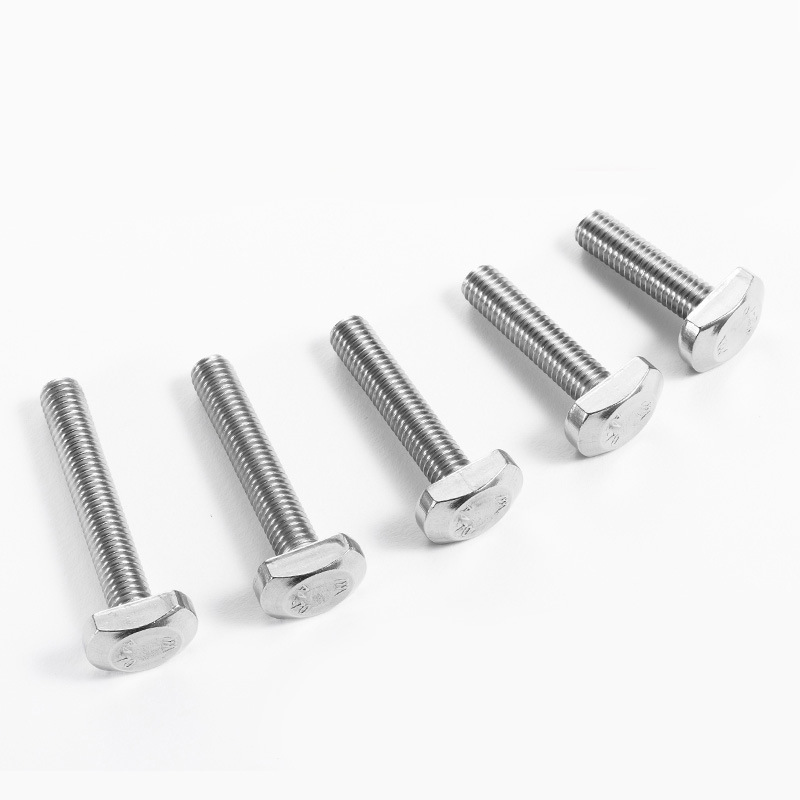

Understanding Countersunk Tek Screws and Their Applications in Construction and DIY Projects
Nov . 05, 2024 23:45 Back to list
Understanding Countersunk Tek Screws and Their Applications in Construction and DIY Projects
Understanding Countersunk Tek Screws A Comprehensive Guide
When it comes to fastening materials in construction and manufacturing, screws are among the most commonly used fasteners. Among the various types of screws, countersunk Tek screws have gained popularity due to their unique design and functionality. In this article, we will delve into what countersunk Tek screws are, their features, uses, and advantages.
What are Countersunk Tek Screws?
Countersunk Tek screws, often referred to simply as Tek screws, are self-tapping screws designed specifically for metallic applications. The term countersunk indicates that these screws have a conical head that allows them to sit flush with the surface of the material once installed. This feature not only gives a neat and finished appearance but also prevents any protrusions that could snag or interfere with other components.
Tek screws themselves are unique because they have a drill bit-like tip that enables them to bore into metal without needing a pre-drilled hole. This attribute makes them particularly valuable in construction and fabrication involving metal sheets, structural components, and various other applications where strength and speed of installation are paramount.
Features of Countersunk Tek Screws
1. Self-Tapping Design Countersunk Tek screws are engineered with threads that allow them to self-tap as they are driven into the material. This eliminates the necessity for pre-drilling and saves time during installation.
2. Material Composition Typically made from steel, these screws may also be coated with zinc or other protective layers to resist corrosion and enhance longevity, especially in outdoor or industrial environments.
3. Various Sizes and Lengths Countersunk Tek screws come in a range of sizes and lengths to cater to different application needs. Choosing the right size is critical to ensure secure fastening.
4. Countersunk Head The unique shape of the head allows the screw to sit flush with the material surface, ideal for enhancing the aesthetic appeal of the finished product.
5. Compatibility with Power Tools These screws can be driven using standard power tools, which further streamlines the installation process.
Applications of Countersunk Tek Screws
countersunk tek screws

Countersunk Tek screws are versatile and can be used in various applications, including
- Metal Roofing Often employed to attach metal roofing sheets and fascia, this type of screw ensures a watertight seal while maintaining a clean appearance.
- Metal Fabrication In workshops and manufacturing settings, countersunk Tek screws are ideal for assembling metal structures and components.
- Automotive Industry Their self-tapping nature makes them suitable for securing parts in vehicles, providing reliable fastening without the need for additional drilling.
- Construction Projects Builders often use countersunk Tek screws for securing wall panels, decks, and other structural elements where aesthetics and strength are crucial.
Advantages of Using Countersunk Tek Screws
- Time Efficiency The self-tapping feature reduces the total time required for installation, making it a preferred choice in large-scale projects.
- Neat Finish The countersunk head design provides a cleaner look by preventing exposed screws, which is particularly important in visible applications.
- Strong Hold Once installed, these screws create a secure and durable connection, crucial for safety in structural applications.
- Cost-Effective Given their efficiency and effectiveness, they are often more cost-effective than traditional fastening methods, especially in high-volume applications.
Conclusion
Countersunk Tek screws offer a combination of efficiency, strength, and aesthetic appeal that makes them a formidable option in various fastening applications. Understanding their properties and advantages can help professionals in construction and manufacturing make informed decisions about the best fasteners for their projects. Whether you are a contractor, a fabricator, or a DIY enthusiast, incorporating countersunk Tek screws into your toolkit is undoubtedly a step toward achieving more reliable and polished results.
Latest news
-
High-Strength Hot Dip Galvanized Bolts - Hebei Longze | Corrosion Resistance, Customization
NewsJul.30,2025
-
Hot Dip Galvanized Bolts-Hebei Longze|Corrosion Resistance&High Strength
NewsJul.30,2025
-
High-Strength Hot-Dip Galvanized Bolts-Hebei Longze|Corrosion Resistance&High Strength
NewsJul.30,2025
-
Hot Dip Galvanized Bolts-Hebei Longze|Corrosion Resistance&High Strength
NewsJul.30,2025
-
Hot Dip Galvanized Bolts - Hebei Longze | Corrosion Resistance, High Strength
NewsJul.30,2025
-
High-Strength Hot Dip Galvanized Bolts-Hebei Longze|Corrosion Resistance, Grade 8.8
NewsJul.30,2025

